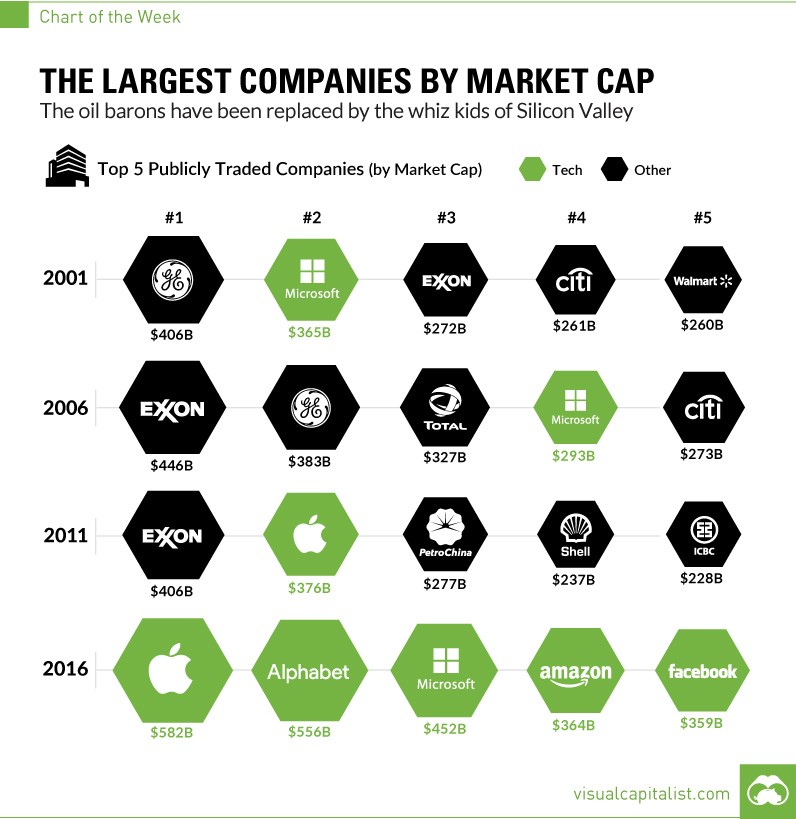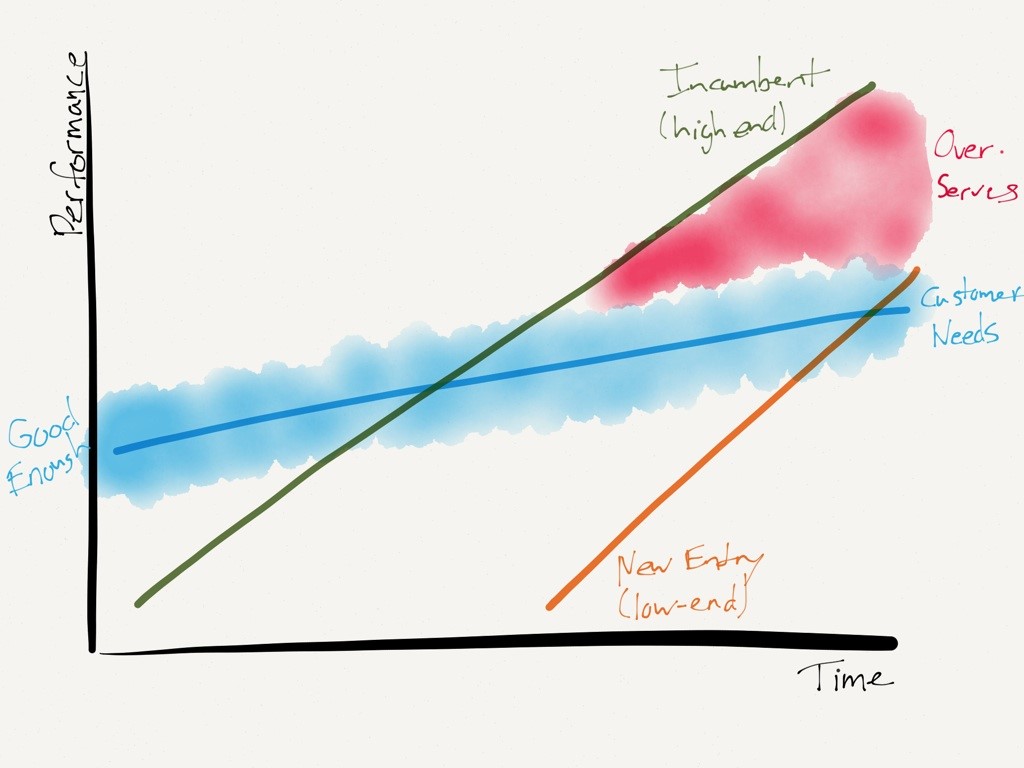We get it. You’d rather think about closing sales deals than think strategically about pre-qualifying or pre-closing leadership talent for your startup. It’s awkward and may even feel premature to have compensation conversations or address key motivators early on. Or maybe you’re avoiding it because you figure all that stuff will magically fall into place if the person is really invested in your mission and the problem you need to solve. But delaying these conversations often leads to heartbreak and makes it impossible to prevent hiring surprises, disrupting both your hiring process and the leader you are trying to recruit.
This was originally published in the Hooked newsletter on April 23, 2023
What’s going on?
This problem has been going on forever. But it’s not just a money problem. Sure, people decline an offer because of “money” all the time, but truth be told, it’s more complicated than comp alone. And, even knowing all these “hot buttons” or pre-qualifying compensation may still leave you empty-handed at the end of your process, given the competitive nature of the market. This just makes it even more important to get really good at figuring out what these things are as early as possible and then continuing to touch base and understand any candidate diversion from them along the path to offer close. It’s never too early to have this conversation. In fact, most recruiters will have it during the first call. The best recruiters will come away from the first call with a rough estimate of TTC (total target comp) and the top things standing in the leader’s way to reach offer acceptance.
Why does it matter?
As an early-stage founder, you don’t have the luxury of a recruiter. You also don’t have the luxury of time. Yet, taking the time to qualify the deeper-level motivations of potential leaders requires patience. Digging deep and gaining a clear, holistic picture of motivations is a must, as early as possible, because it plays a major role in your ability to close later. People are complex. Surprisingly, even they haven’t always taken the time to fully identify their own needs and objectives. Especially if they weren’t actively looking to begin with. Often you have to help candidates unearth these things through conversation. And, just as you can’t be satisfied with a surface-level interview response, the same holds true with motivators. It’s critical to take the time to understand the “career problem” or what someone is trying to solve for so you can help them validate that what they want can be found (or not) at your startup.
What do others think?
“Qualifying what matters most to your candidate upfront and assessing mutual fit of those criteria throughout the process, will minimize potential surprises and drive the desired outcome for both sides.” — Marcus Holm, CRO, Forter
What do we think?
There’s nothing more frustrating than getting down the path with a candidate only to realize there is massive misalignment in compensation or other key considerations of equal importance. To prevent hiring surprises, your most important goal is to ensure you get to the end of the process without gaps, misalignments, or impossible hurdles to overcome. Achieving this requires serious investigative work and pre-closing — not just once — but throughout the entire process. We’ve included several topics needing deeper validation in conversations early and often.
Take Action
- Be transparent. Alignment begins with honest, open questions about the opportunity, the team, the state of the business, and a host of other things. Much of this is fed by the role spec and the employee value prop. This transparency is essential to prevent hiring surprises and ensure talent is opting in for the challenges they will face as they step into the role.
- Negotiating compensation at the end of the process is so 2022. Discuss your compensation philosophy early. The new salary transparency laws can work in your favor, helping you prevent hiring surprises by setting clear expectations upfront. On the first call, provide narrow ranges and indicate where there is/isn’t wiggle room. If an external search firm is handling the first calls for you, then you should not be meeting any candidates who haven’t been pre-closed on your total cash and rewards package. Take the extra step to identify which aspect of total target compensation (and rewards) is most important and why. Listen. Often you must read between the lines or help people through a process of discovery. Resist punting this conversation when a candidate tells you, “Let’s talk about compensation later.” Qualify who else needs to buy in. Their life partner? Remember, other factors are usually at play, like being the breadwinner, bonus payouts, sign-on bonus clawbacks, equity vesting, etc.
- Discuss equity. The equity story at an early-stage startup is one about building value. Framing ownership matters, especially in cases where liquid stock is a topic of consideration. If someone is excited to step away from quarterly cash in the bank for your value-building journey, be diligent in understanding why. Doing the math to frame what someone is walking away from in a year or over the next 4-year vesting cycle is a great way to show the tradeoff. The biggest key is to sell the vision and tap into someone’s innermost passion for builder/value creation.
- Identify talent’s top motivators — the real ones (read more below). Many times, real motivators are camouflaged. Define terms. For example, “growth” to one candidate can mean the ability to quickly build out a team. But to another, growth could be defined as learning. Confirm what these things mean, why they are important, and what would happen if they were delayed months, a year, or even longer in reaching these goals. This level of understanding is critical to prevent hiring surprises and ensure the candidate’s goals align with the realities of your startup. We tend to operate in the best-case scenario when trying to court talent. Instead, operate in reality. Things don’t always happen as quickly as we’d like.
- Keep your finger on the candidate’s pulse (and the influencers in their life) throughout the process. This will help you know if anything shifts or evolves. If this happens, work to re-establish alignment. Sometimes shifts are too big to overcome. In these cases, you may need to cut bait.
- Throughout the process, leverage hot-button motivations strategically. One way to do this is to repeat these motivators during your conversations, reminding candidates about things they mentioned earlier and how they can achieve their goals at your startup. This also establishes trust because reiterating what they’ve shared validates you are listening.
- More often than not, candidates are having conversations with multiple companies. Each of these conversations — especially the ones with founders or leaders who are really good at pre-qualifying and closing — will bring up other questions or thoughts. This is another reason to be intentional as you move through the process. Things can be in constant flux.
Pre-Offer Talk Tracks
You’ve reached a place where you have strong signals from the candidate that they are interested in the role and shared the compensation ranges at a high level. Pre-closing on potential objections at this stage helps prevent hiring surprises and ensures a smoother offer acceptance process.
- If we put together a package that looks like X, what would keep you from accepting it?
Then work through each potential objection: I’d have to speak with my significant other. Great, if they are supportive, are there any other reasons you wouldn’t accept? - I need to understand the valuation of the company.
Great, let’s talk about that now. Given what I’ve just outlined, is there any reason this equity package would not be acceptable? Keep working through this until you get a positive outcome. It may take a few iterations and multiple conversations, so don’t expect to close them immediately. Speed is important, but allow the candidate space to percolate. - I need to talk to my current boss to see if there’s growth for me here.
Great, let’s talk about that. What outcome are you looking for with your boss? Why don’t you have that convo now before we move forward?
And so on …
If a candidate insists on an offer letter before considering the questions above, that’s a red flag that they are shopping the offer internally or externally. Do not extend a formal offer under these conditions. The minute you extend a formal offer, you have given up control of the ball.
Extend a formal offer only after pre-closing on every single objection.
Onboarding starts before the offer is closed.
- Always Be Closing (ABC) even after the close.
- The no daylight rule: Don’t let one day go by without communication between the candidate offer and a successful start.
- Many declines happen after the acceptance and before the start date (this is called fall out).
Events, Tools, Insights
Investment News —> Groundlight
Entrepreneur Community —> Leap!
Madrona Insights Newsletter —> Subscribe



